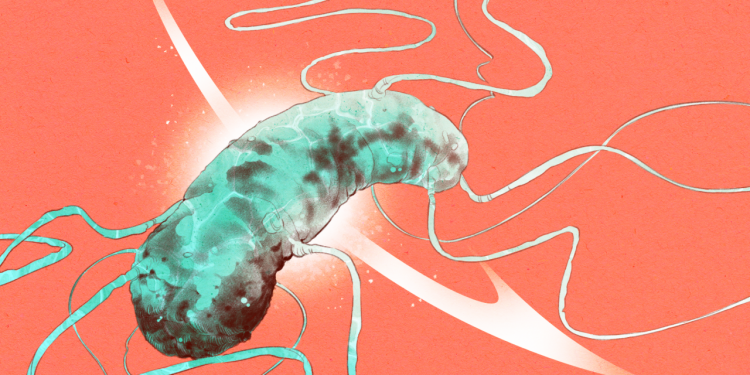Disinfection and Sterilization Guide For Medical Clinic

Cleaning, Disinfection, and sterilization of all medical equipment, both devices, and instruments or work surfaces, are processes that must be carried out with care and frequently in each health center or hospital.
Types Of Sanitary Disinfection
When we carry out the Disinfection of our place and work material, we seek to destroy as many pathogenic microorganisms that may be present even on miscellaneous medical equipment. Disinfection is effective and destroys vegetative bacteria and germs such as fungi and viruses, but it cannot kill all bacterial endospores.
There are three levels of Disinfection that we can perform:
Low-Level Disinfection: A chemical procedure is used to inactivate all forms of vegetative bacteria but without ensuring the destruction of bacterial spores.
Medium Level Disinfection: manages to inactivate all vegetative forms, Mycobacterium tuberculosis, and most viruses and fungi, an aspect that low-level disinfection does not allow. However, it does not ensure the destruction of bacterial spores either.
High-Level Disinfection: this type of disinfection achieves the reduction or destruction of all vegetative microorganisms, micro bacteria, non-lipid and lipid viruses, fungal spores, and some bacterial spores. With this level of Disinfection, we will be able to reach the appropriate level so that the use of instrumental material is safe for each patient.
General Rules For Proper Disinfection
The rules for proper Disinfection are linked to the correct use of the chemicals used in this process. Therefore, you should know that the protocol indicates that:
- These types of products should always be diluted in cold water unless the manufacturer specifies otherwise.
- We must respect the concentrations and immersion times.
- We should never mix several disinfectants.
- It is essential to monitor the expiration dates of the products.
- The containers that we will use for the procedure must be clean and disinfected.
- The disinfectants should be handled in ventilated areas and cannot be exposed to extreme temperatures.
- Dark, labeled bottles should be used.
What Is Sterilization And What Is It Used For?
Sterilization is the only technique capable of eradicating all microbial life forms present on both objects and surfaces. If you want to ensure that your patient is not affected by cross infections, betting on sterilization to eliminate all bacteria or viruses will be a very wise practice.






